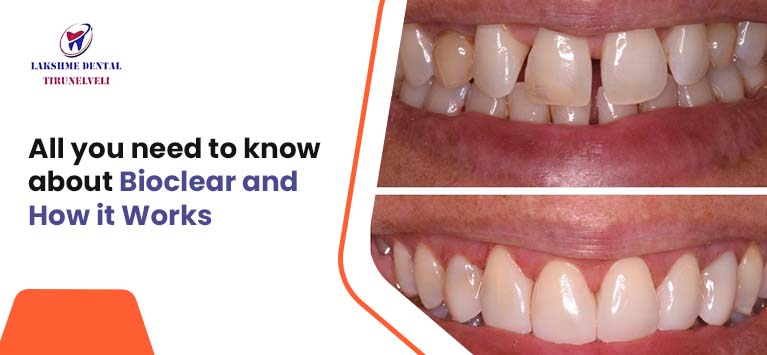
What Is Meant by Dental Crown Lengthening Treatment?
Crown lengthening is a surgical procedure performed by gum specialists. It is a fantastic solution for people who have gummy smiles or short-looking teeth. The treatment is intended to access the tooth surfaces covered by excessive gum tissues with a small incision. Similarly, this procedure involves adjusting the gum and bone level, exposing the natural surface of a tooth.
Unveiling such tooth surfaces will make your smile more aesthetic whilst ensure the longevity of your teeth in many ways.
Why do dentists go for crown lengthening treatments?
Normally, dentists go for dental crown lengthening procedure when they found a tooth has insufficient structure for treatment. On the other hand, those short teeth are hard to clean so that they are at high risk of being affected by oral bacteria.
Exposing more portions of such short teeth will fix those problems and is prescribed for cosmetic & functional reasons.
- Cosmetic crown lengthening – The short-looking teeth due to too much of gums on them affect the smile aesthetics. In simply, people with more gum tissues covering their teeth have an excessive gingival display for which crown lengthening treatment is widely prescribed. Altering the gum line by removing the excess gum tissues along with bones will revamp the smile design for those who are embarrassed with their “gummy smile”.
- Functional Crown lengthening – Exposing more portions of a tooth crown is helpful in therapeutic standards also. For instance, when a short-looking tooth requires restoration treatments, the crown portion below the gum line has to be opened so that the crown or veneer will get sufficient room to attach on.
What are the steps involved in the dental crown lengthening procedure?
The procedure begins with preparing a patient for the surgery.
In general, dentists customize the treatment plan after accessing the patient’s medical history along with x-rays. After that, the dental doctor goes for cleaning the bacteria and plaque deposits over the gums to control the infection risk.
This is followed by the periodontist pick the right crown lengthening procedure concerning your needs. There are 3 types of surgeries in crown lengthening procedure:
- Gingivectomy – This is a simple surgical procedure that involves cutting the gum tissues with a scalpel or laser.
- Surgical Extrusion – It involves the tooth is repositioned in the socket by pushing the root apex after exposing the remaining tooth structure underneath the gums
- Apically Repositioned Flap Surgery
Typically, an oral surgeon takes into account various factors like crown to root ratio, tooth position, type of restoration going to be performed, bone loss (if exists) to select the right surgery for a patient.
What you can expect after the surgery?
Even though it is a surgical treatment, it is not too invasive. Moreover, oral surgeons would perform this after administering local anesthesia.
It does not associate with any harmful effects. However, you might feel some discomforts like teeth sensitivity and looseness as a small portion of gum tissues and bones are removed. Likewise, you will encounter mild pain, bleeding, and swelling around the treated region for a few days.
Don’t worry about that. Such difficulties are the common consequences of oral surgeries. They will subside in the coming days.
Bottom line
Crown lengthening is a less invasive surgical approach and is essential to show more of the small, short teeth. The only disadvantage of this treatment is that it requires more healing period. If the crown lengthening procedure is performed for your back teeth, it would take 3 to 6 months to fully recover whereas the front teeth would take 2 to 3 months.

















